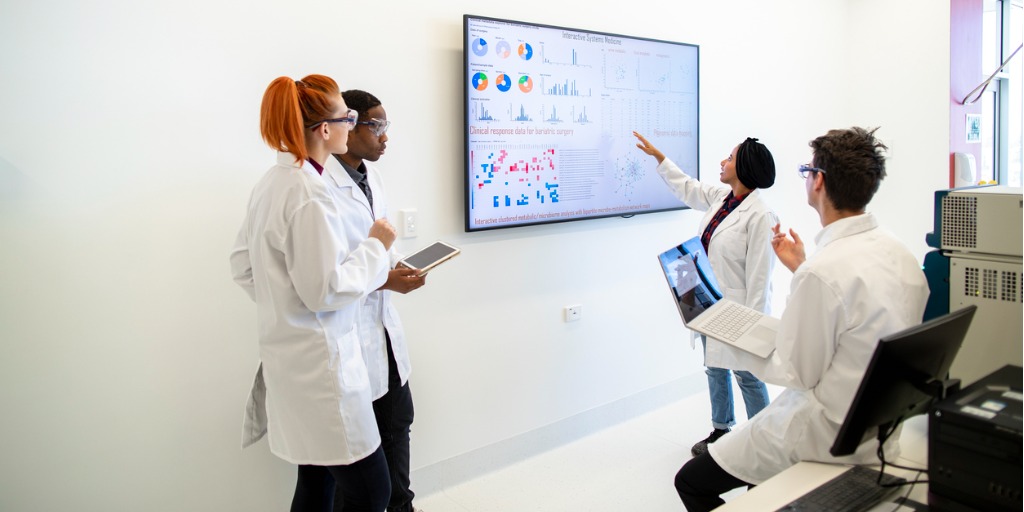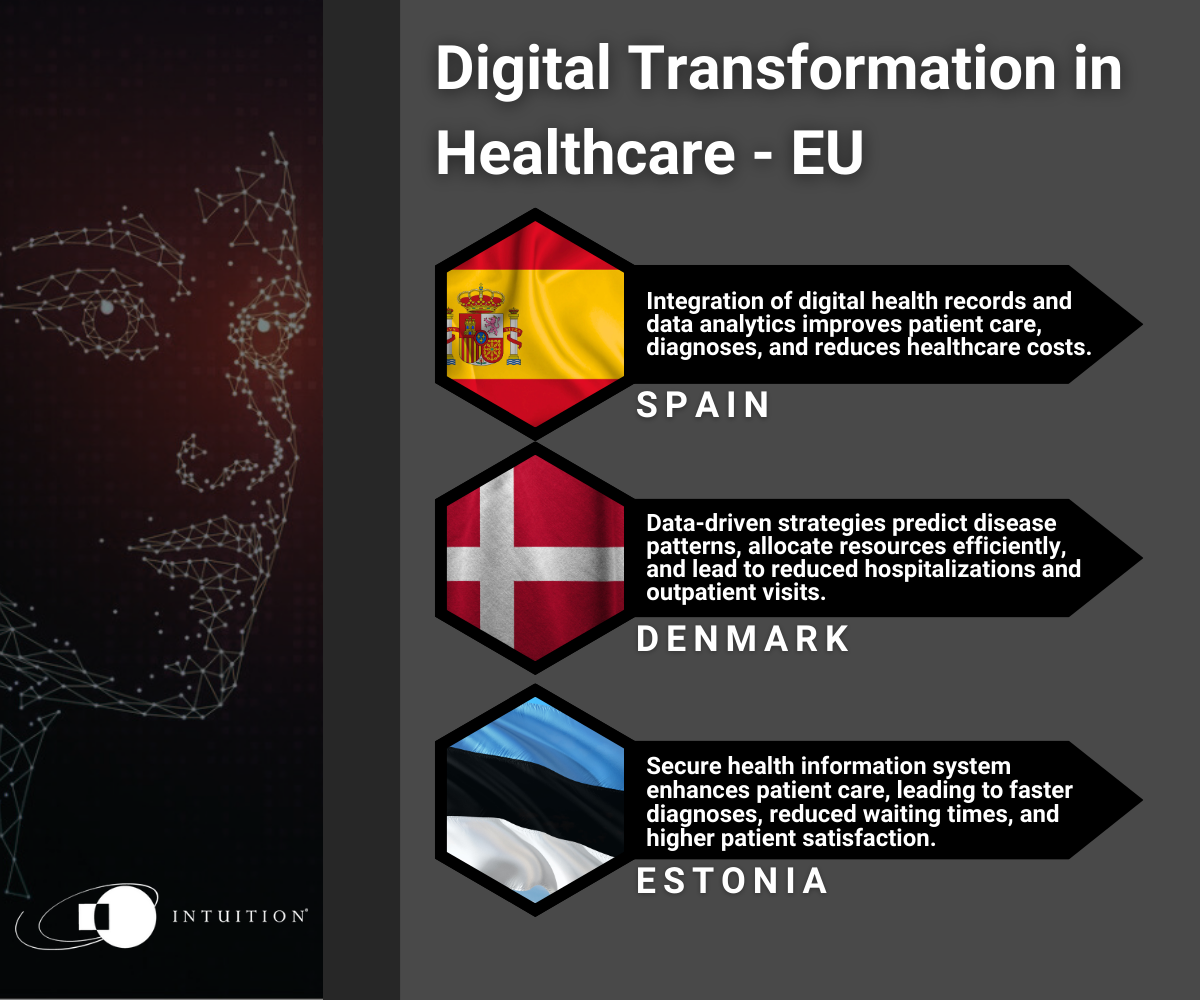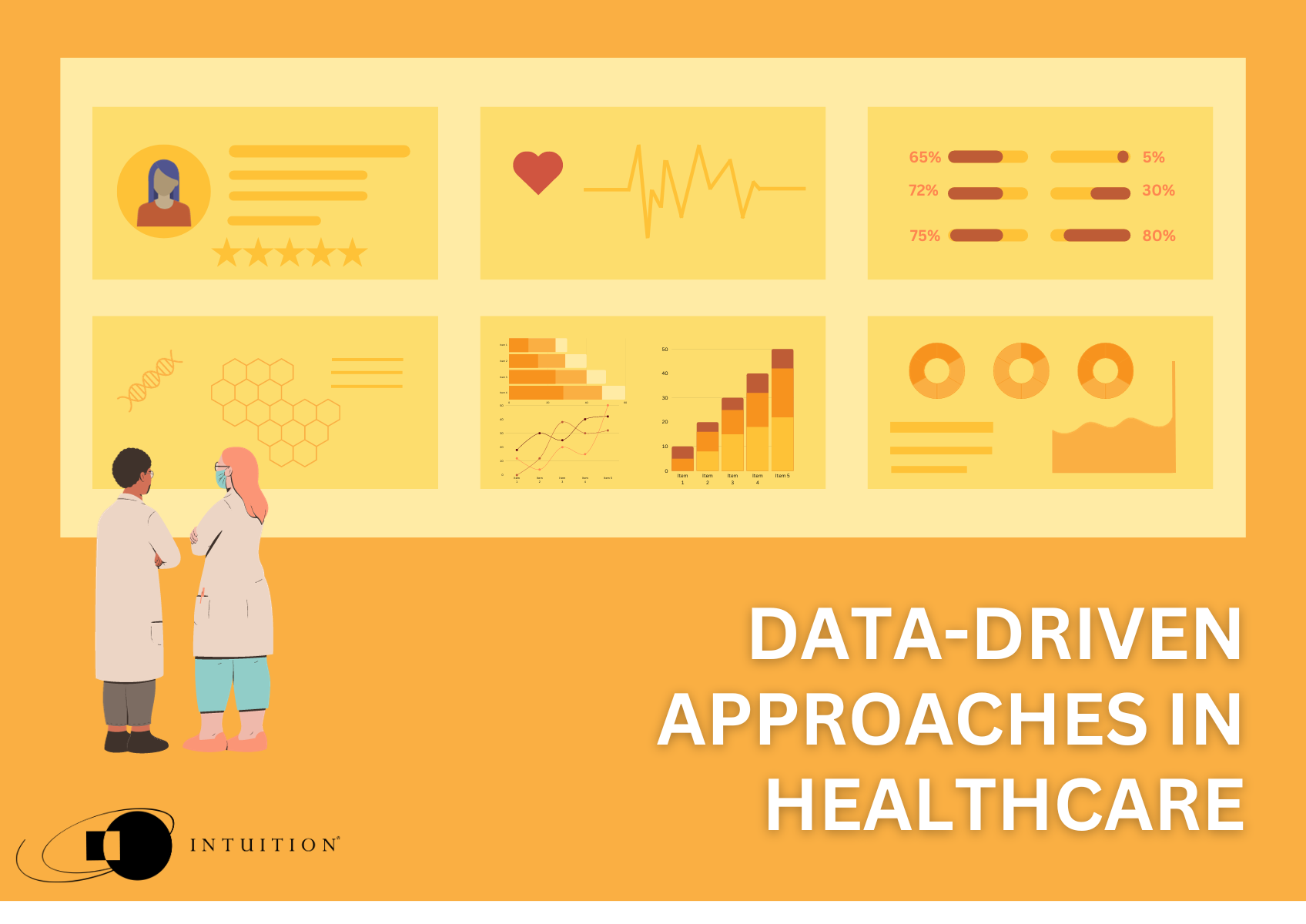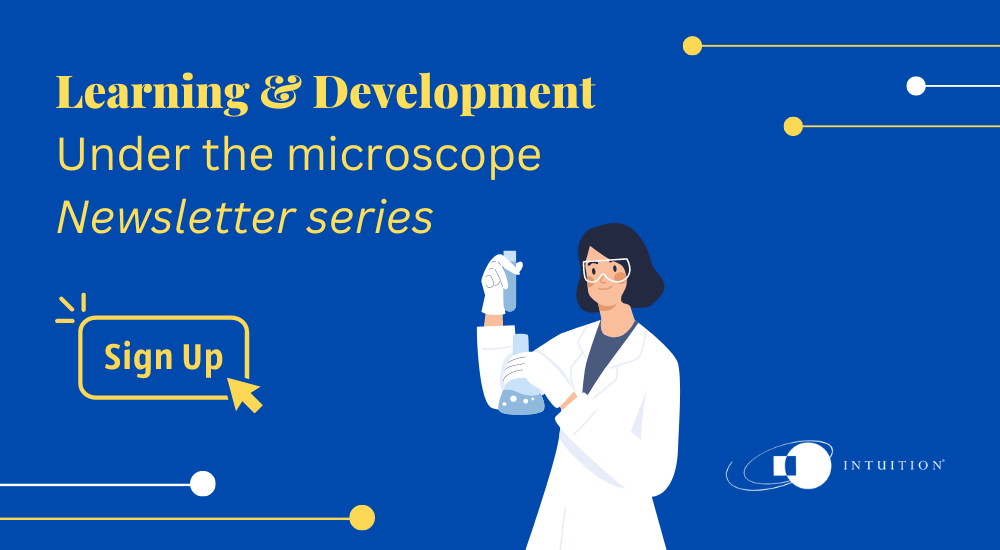A data-driven approach to Healthcare: Pros and Cons
The healthcare industry is no exception to the transformative power of data. With the rise of advanced technologies and the increasing availability of patient information, the adoption of a data-driven approach to healthcare has become a game-changer for healthcare professionals (HCPs) and the healthcare industry as a whole. By combining patient data with cutting-edge data analytical tools, the potential for patient care reaches new heights.
In this article, we will delve into the pros and cons of this innovative approach. We will shed light on how the correct process and product offering can ensure the realization of a data-driven healthcare industry. We will also look at how different countries across Europe have harnessed a data-driven approach with the goal of creating a more effective and efficient healthcare system.

Approaches within the EU
Countries such as Spain, Denmark, and Estonia are spearheading a digital transformation that has yielded remarkable benefits across the entire healthcare landscape. By leveraging the power of data-driven approaches (like digitizing patient healthcare records) these nations have achieved a level of streamlined patient care and operational efficiency that was previously unimaginable.

Spain
In Spain, the integration of digital health records and data analytics has revolutionized patient care. HCPs can now access comprehensive patient information in real-time, enabling quicker and more accurate diagnoses. This centralized collection of data has facilitated collaboration among healthcare providers, leading to a more holistic and patient-centric approach to treatment. The result has improved patient outcomes and reduced healthcare costs.
Denmark
Similarly, Denmark has witnessed a paradigm shift in healthcare delivery through data-driven strategies. By harnessing data insights, they have been able to predict disease patterns, allocate medical resources more efficiently, and design targeted public health campaigns. This approach has not only improved healthcare outcomes but also ensured better resource utilization and cost-effectiveness. This has led to an 11% reduction in hospitalizations and the number of outpatient visits have been reduced by 75%.
Estonia
Estonia has demonstrated how data-driven technologies can bridge geographical gaps and enhance patient care. Through a secure and interconnected health information system, healthcare providers can access patient data, lab results, and medical histories from anywhere in the country. This seamless data sharing has led to more precise diagnoses being received faster, reduced waiting times, and increased patient satisfaction.
As we explore these success stories, it becomes evident that countries with large populations stand to gain even more from data-driven healthcare. Compiling patient data from diverse and substantial populations creates a wealth of information that can fuel research, diagnosis, and drug production on a vast scale. By tapping into large datasets, healthcare researchers can identify trends, spot patterns, and develop innovative treatments with greater rigor. Additionally, large-scale data analysis can provide invaluable insights into the effectiveness and safety of drugs, accelerating the drug approval process and benefiting patients worldwide.

Pros and avoidable shortfalls
The data-driven approach to healthcare holds tremendous promise, offering the potential to revolutionize patient care through informed decision-making, personalized treatments, and accurate predictions of health outcomes.
There may be a learning curve for HCPs in adopting and integrating data-driven technologies into their practice. Proper training and support are necessary to enable HCPs to make the most of these tools effectively and efficiently. A lack of training could lead to underutilization of data-driven insights, limiting the potential benefits that could otherwise be achieved.
To address these shortfalls, the right processes must be followed during the implementation of data-driven strategies. Comprehensive training programs can equip HCPs with the necessary skills to analyse and interpret data effectively. Emphasizing the importance of human judgment in conjunction with data-driven insights can help strike a balance between technology and compassionate care.

Robust data governance frameworks must be put in place to ensure data security, privacy, and adherence to ethical guidelines. By being transparent with patients about data usage and obtaining their informed consent, trust can be built, creating a more positive relationship between patients and healthcare providers. Without this, patient data could be at risk of falling into the wrong hands, exposing sensitive data about people and their personal health information. It is essential to acknowledge and address the shortfalls of this approach to ensure its successful implementation. If there are any data breaches relating to patient information, it could create negative sentiment towards the concept, ultimately costing the reputation of the approach. Educating the people responsible for the handling of this data is important to maintain security and to follow guidelines. By doing so, data breaches of sensitive patient data can be avoided.
One significant concern in embracing data-driven strategies is the risk of becoming overly reliant on the technology, leading to the neglect of essential aspects of healthcare that rely on human judgment and individual patient needs. While data can provide valuable insights, it must not overshadow the experience, expertise, and the intuition of HCPs. A balanced approach is vital, where data-driven decisions complement and enhance the human touch in healthcare rather than replace it.
Conclusion
The data-driven approach is quickly modernizing medicine and patient care. Countries around the world are starting to see its value and are finding different ways to implement it into their healthcare systems. Integrating this approach is not an overnight movement, with adoption taking time.
Effective learning and development can help to streamline this process, creating professionals who are well equipped to face changes on both a patient care and organizational level.

Sources:
Preparing for the data-driven future of pharma – Strategy& pwc.com
Market Access 2023 | Building trust in data-driven digital healthcare systems (pharmaphorum.com)
Digitalizing healthcare in Europe : Which countries are leading the way in e-Health? – Alcimed
The data-driven approach in healthcare – pros and cons | Stratiteq
Five Reasons to Embrace Data-Driven Drug Development – Innoplexus

